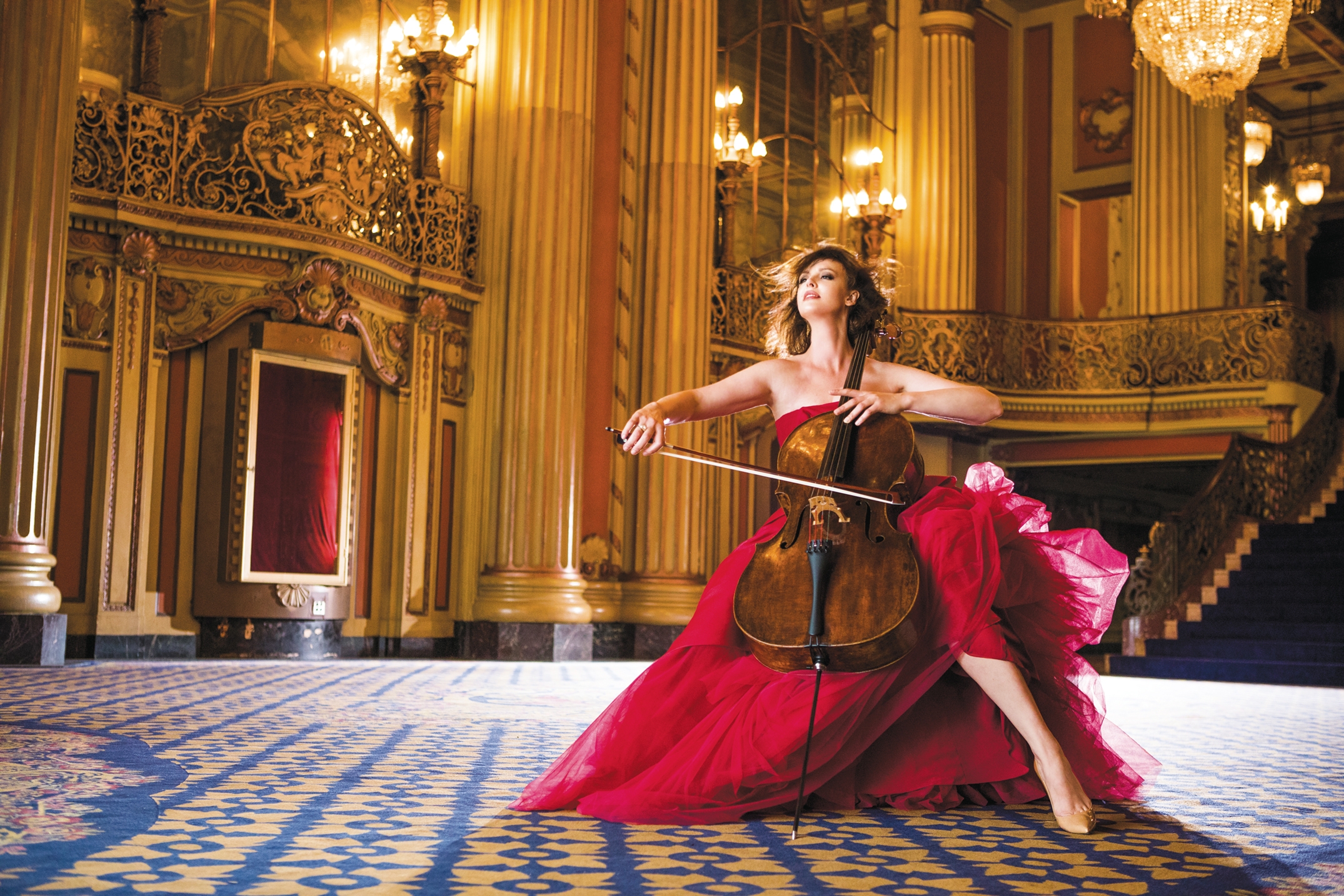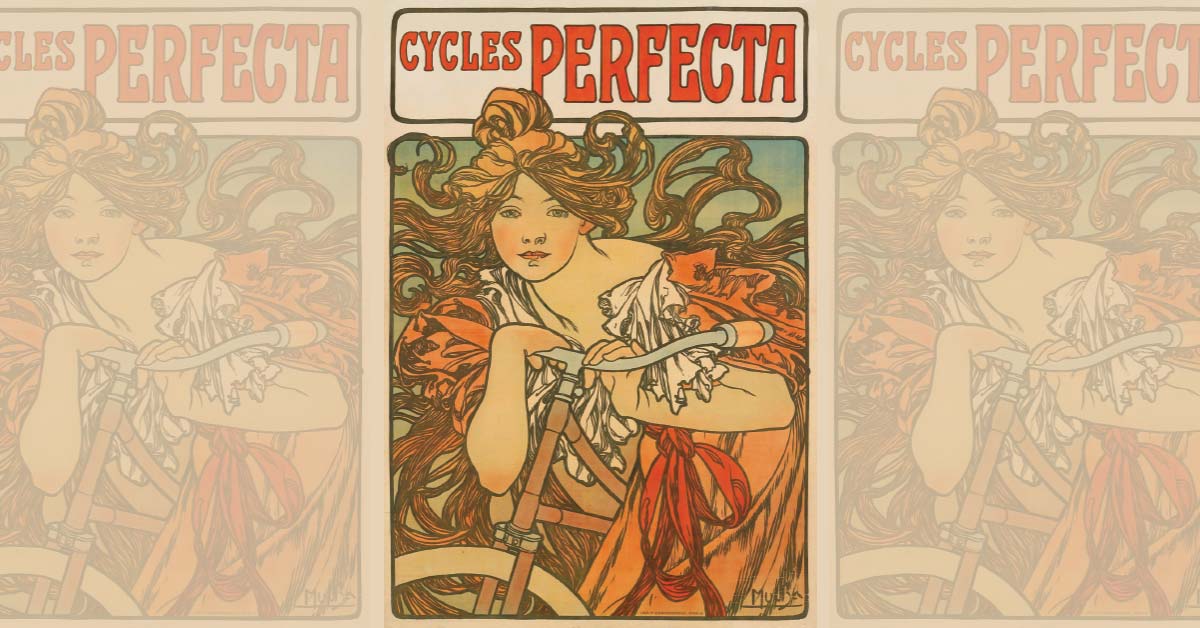With every Kalamazoo Symphony Orchestra performance he conducts, Daniel Brier attempts to transport the audience to another realm.
Often, this means creating a program that takes listeners out of their comfort zone. That’s exactly what Brier had in mind when he selected Sibelius’ Symphony No. 5 and Dvorak’s Cello Concerto for the Kalamazoo Symphony Orchestra. The Nov. 17 performance also will feature artist Nina Kotova playing cello.
“She’s a wonderful cellist and will bring a lot of great musicianship, flair and passion to the stage,” Brier said.
Normally, he said, the Sibelius piece is played during the second half of a concert because the ending features several large chords that are spaced out, so the audience never knows what that last chord will be.
“The ending is very enigmatic and thrilling, but it leaves you with more questions than answers,” Brier said.
The Dvorak concerto with Kotova on cello is a very strong work that anchors the entire program on its own because of the drama and action it brings to the stage. This piece will feature the musicians playing together and individual musicians playing across the stage from one another.
“What makes the Dvorak concerto so unique is that it’s really a symphony with a soloist there,” Brier said. “Everyone on that stage is treated very equally and nearly every instrument section of the symphony has a solo at some point.
“The strength of Dvorak leaves you with a magical feeling at the end. With Sibelius, it is magical, but it also leaves you perplexed.”
Much of the inspiration for Sibelius’ music drew heavily from the natural beauty, culture and legendary tales of his native Finland. The heroic tales of adventure and magical creatures are a huge part of the cultural fabric of the northern Scandinavian countries, which really comes through in his music.
Brier said prior to Sibelius, there had never been a Finnish composer who had achieved fame outside of the country. He became known for the way he treated musical themes, which differed greatly from Germanic composers, such as Beethoven and Brahms.
“The Germanic composers would present a theme and play around it,” Brier said. “What Sibelius did was take a small, little idea and everything about that idea would come in, so that by the end, you would hear that theme. Those first few notes became that theme. It evolves right before you.”
Sibelius’ Fifth Symphony includes one of his most memorable ideas: a bell-like tolling of chords among the four horns that is said to have come to him after he watched a flock of swans pass overhead. This “swan theme,” which emerges from the giddy rush of the tremolo strings, is the soul of the movement, and it’s accompanied by a poignant, singing subject given out in octaves by the woodwinds and cellos.
Brier said Sibelius frequently retreated to the outdoors armed with a glass of brandy and a cigar. Looking up at the sky one day, he saw a flock of 16 swans taking off and noted in his diary that this was the inspiration for the grand theme in his Fifth Symphony. They took off and it was so majestic, it became the ending of his symphony.
The diary entry reads: “Today I saw 16 swans. God, what beauty! They circled over me for a long time. Disappeared into the solar haze like a silver ribbon.”
Brier said the Greek composers loved to be outdoors, and Beethoven and Brahms were famous for their daily walks, but it is Sibelius who really adopted the natural world into evolutionary forms of music.
He thinks the combination of Sibelius and Dvorak will provide compelling moments for the audience.
“A program like this, where you have two great pieces that will hold people’s attention from minute one, is a great way to bring new audiences and younger audiences into the concert hall,” Brier said. “It’s music that holds your attention and doesn’t let you daydream.”
Sibelius & Dvorak
Kalamazoo Symphony Orchestra
Miller Auditorium
2200 Auditorium Dr., Kalamazoo
Nov. 17, 8 p.m.
kalamazoosymphony.com
Other Shows
Paul Shaffer | Nov. 3, 8 p.m.
Enjoy an evening with Paul Shaffer, longtime sidekick and bandleader to David Letterman. He performs symphonic renditions of pop, R&B and jazz, interspersed with fascinating stories and memories from his eventful life.
Revolution: The Beatles | Dec. 1, 8 p.m
Join the world premiere of a symphonic Beatles experience, featuring never-before-seen photos from the official Beatles Book Photo Library in London, alongside stunning new video and animation created by award-winning creative video designer Charles Yurick.





